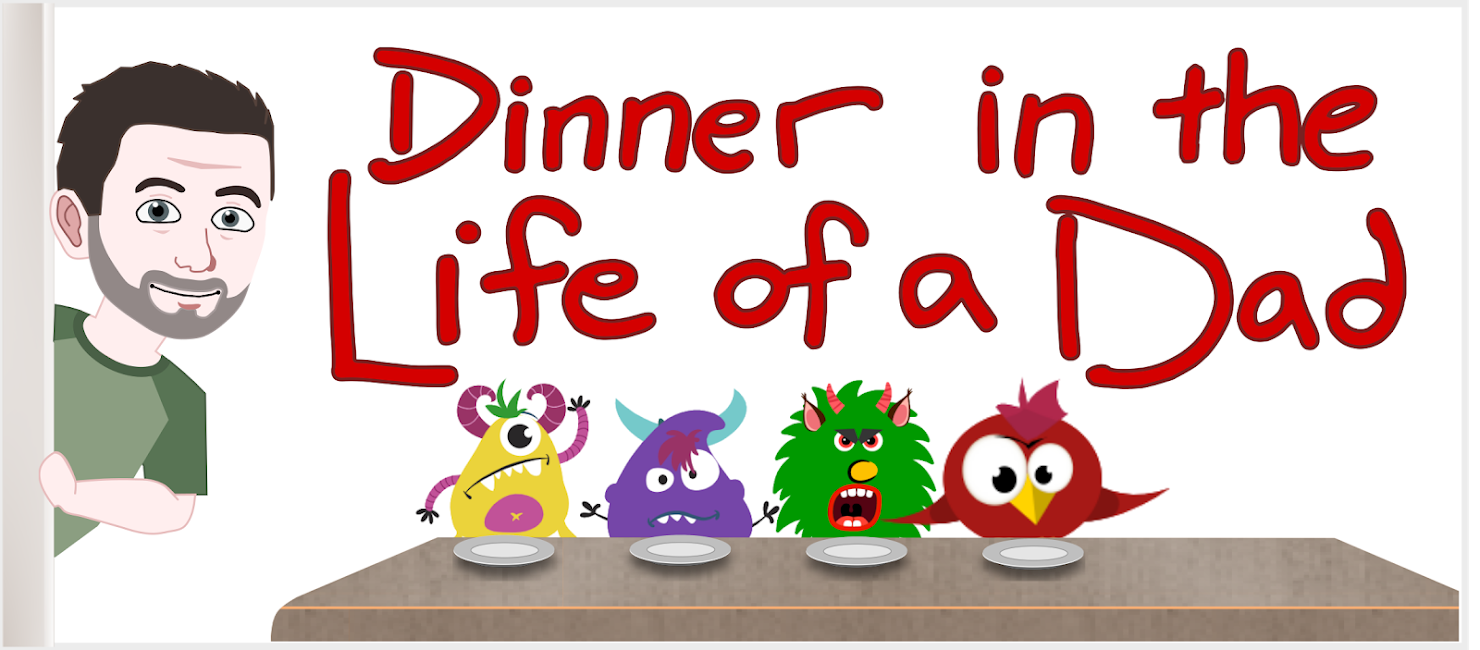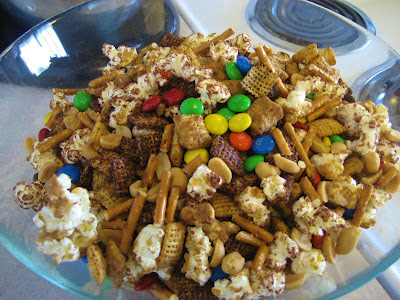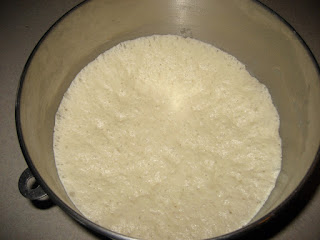I know I put a lot of cookie recipes on this blog, but I have a great love for cookies. They are normally small, hopefully moist, and deliciously sweet. Unfortunately for me, too many cookies are far too sweet, and make not only my teeth but also my stomach hurt. Recently I have been a far greater fan of cookies which have more going for them than the simple fact that they are a cookie. That's why when I develop a cookie recipe, I try to use less sugar than similar recipes, so that the other flavors may come closer to the surface.
This being the case, I would have to say that one of my all-time favorite cookies has to be the ranger cookie. There is just something about eating a cookie that is half-way to being a granola bar that appeals to the more my more, shall we say, grown-up tastes. Really: there is so much good stuff in this cookie that I would definitely consider it a decent breakfast food. By the way, we are just going to ignore the fact that I consider any cookie to be a good breakfast food. Deal?
Ranger cookies are another thing I can actually remember about my childhood. Back then it was mainly my mom or my brother who made them, and I remember enjoying pilfering what felt like fistfuls of dough to snack on, it was that good. To be honest, I was never completely successful making these cookies according to my mom's recipe, so I have made a couple changes of my own: halving the sugar, increasing the egg, and replacing butterscotch chips with chocolate chips.
I won't promise that these cookies are good for you, but they are definitely good for your cravings. Trust me when I say that every person I have made these cookies for has become addicted to them. They are unlike any other cookie I have tried, but I would try them again and again and again.
Today I am going to write about the McCleary cake, which is my mom's family's special birthday cake. And, as with all family recipes, this one has a story behind it. What makes this one even better is that there is a little inter-family argument over it.
As far as I can tell, my Grandma Jane is the originator of this tradition. She told me that she had the cake for a church activity once, and liked it so much that she went home and made it. It was an instant success, and became the most requested (or maybe just the only) birthday cake for my mom's family. According to Grandma Jane, that was about 50 years ago. That's a lot of birthdays. To this day, it is one of my family's favorite cakes.
The McCleary cake is basically a 4-layer chocolate cake, with the layers separated by layers of "cream" and the entire cake covered in chocolate frosting. You would think that this would not be something over which there could be any confusion or disagreement, but there is a good reason why I put the word cream in quotation marks. It would seem that practically none of my mother's siblings can agree on what the true McCleary cake is made of.
My grandma says that her original recipe was Betty Crocker's devil's food cake mix separated by layers of Dream Whip and covered in chocolate frosting, with toothpicks to keep the layers from slipping off of each other. Later, when Cool Whip became available, she changed to using that instead of Dream Whip.
To see what my aunt's and uncles remember about the cake and how it should be made, click here.
On the other hand, my mother swears that my grandma mixed the Dream Whip with chocolate pudding because she can remember snitching some of the mixture. Her version is souped up chocolate cake, chocolate frosting, and a mousse made up of chocolate pudding and whipped cream. Personally, I prefer it this way, so that is the recipe I will write here.


































